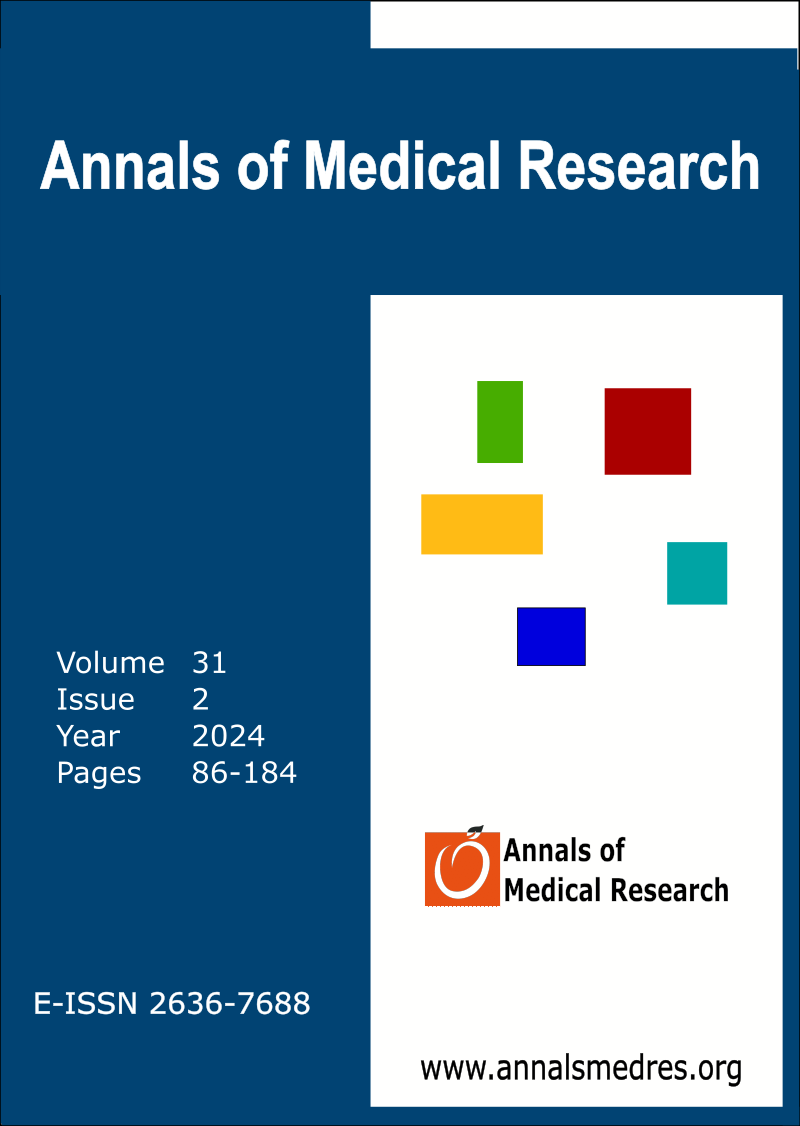Efficacy and safety of molidustat for the anemia of chronic kidney disease: A systematic review and meta-analysis of randomized controlled trials
Keywords:
BAY 85-3934, Chronic kidney disease, Erythropoiesis-stimulating agents, Iron-deficient anemia, MolidustatAbstract
Aim: Anemia is a prevalent complication in chronic kidney disease (CKD) patients, necessitating effective management for improved clinical outcomes. This systematic review and meta-analysis aim to evaluate the efficacy and safety of molidustat for iron-deficient anemia in CKD patients.
Materials and Methods: A comprehensive search of Ovid MEDLINE, Web of Science, PubMed, and Cochrane CENTRAL was conducted. The primary efficacy outcomes included changes in hemoglobin (Hb) levels during follow-up and at week 16. Inverse variance random effects models were used for main analysis. The overall risk of bias (RoB) was assessed using the Cochrane RoB 2 tool.
Results: Six randomized controlled trials (RCTs) involving 999 patients were included. The meta-analysis for Hb change during follow-up revealed a mean difference (MD) of 0.09 (95% CI, -0.49 to 0.67), p=0.071, with an I² of 81% whereas Hb change at week 16 showed an MD of 0.12 (95% CI, -0.40 to 0.64), p=0.65 with an I² of 85%. Notably, changes in hepcidin levels during follow-up (MD -16.55, 95% CI -29.54 to -3.56) favored molidustat but not changes in total iron binding capacity at week 16 (MD 2.89, 95% CI 1.74 to 4.04). However, the impact of molidustat on transferrin saturation, iron levels, and ferritin levels showed comparable results. Regarding safety outcomes, no significant differences were observed in treatment emergent adverse events (TEAE) leading to death, patients with ≥1 major adverse cardiovascular event (MACE), hyperkalemia, any TEAE, and any serious TEAE. The risk of CKD worsening was increased with molidustat (MD 1.79, 95% CI 1.03 to 3.10). Subgroup analyses for primary outcomes were consistent with main analyses. RoB for Hb change was found as high/some concerns in 5/1 RCTs, respectively.
Conclusion: Molidustat exhibited noninferiority to ESAs in managing anemia in CKD patients. However, a concerning finding was the increased risk of CKD worsening associated with molidustat use. Well-designed RCTs are essential to enhance our understanding of molidustat's in CKD-related anemia.
Downloads
Published
Issue
Section
License
Copyright (c) 2024 The author(s)

This work is licensed under a Creative Commons Attribution-NonCommercial-NoDerivatives 4.0 International License.
CC Attribution-NonCommercial-NoDerivatives 4.0






